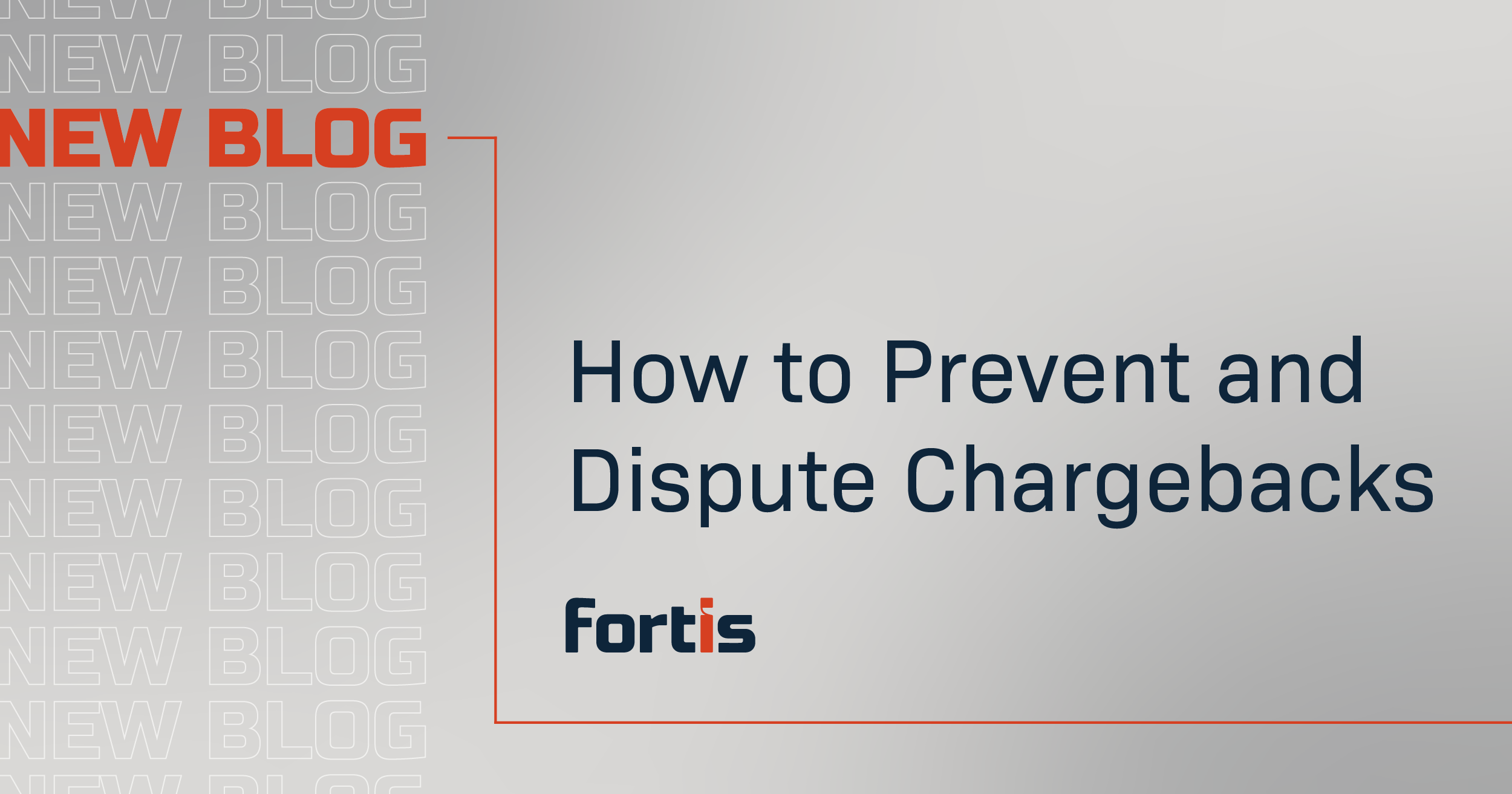
How to Prevent and Dispute Chargebacks
In our last blog, we talked about chargeback basics. In this post, we provide best practices and guidance to prevent chargebacks.
Defending chargebacks is time consuming to businesses, and it affects retained earnings. If the number of chargebacks received exceeds card brand thresholds, this may impact a merchant’s ability to continue processing payments.
The good news is that it’s possible to minimize chargebacks. Best practices include:
- Provide a refund and return policy that is agreed upon by the cardholder at the time of purchase.
- Make it easy for customers to contact you.
- Ensure services and products are described accurately across all marketing materials.
- Confirm the address verification service (AVS) and card verification value (CVV) response for card not present (CNP) and online transactions.
- Monitor complaints online and frequently review for new chargeback cases.
Can you rebuttal on chargebacks?
Once a cardholder submits their chargeback request, you’ll receive a chargeback notification. Each card issuer has its response timeframe. Generally, a merchant has 10 days to respond to a chargeback and await the issuer response within 14 days.
If you decide to defend the case, you’ll need:
- Proof of delivery
- Cardholder service records and cardholder communication
- Signed card authorization forms and receipts
- Proof of lodging stay
- Evidence of EMV chip transaction with the approval code
Looking for more ways to prevent fraud and chargebacks? Consider downloading the Fortis chargeback guide.

